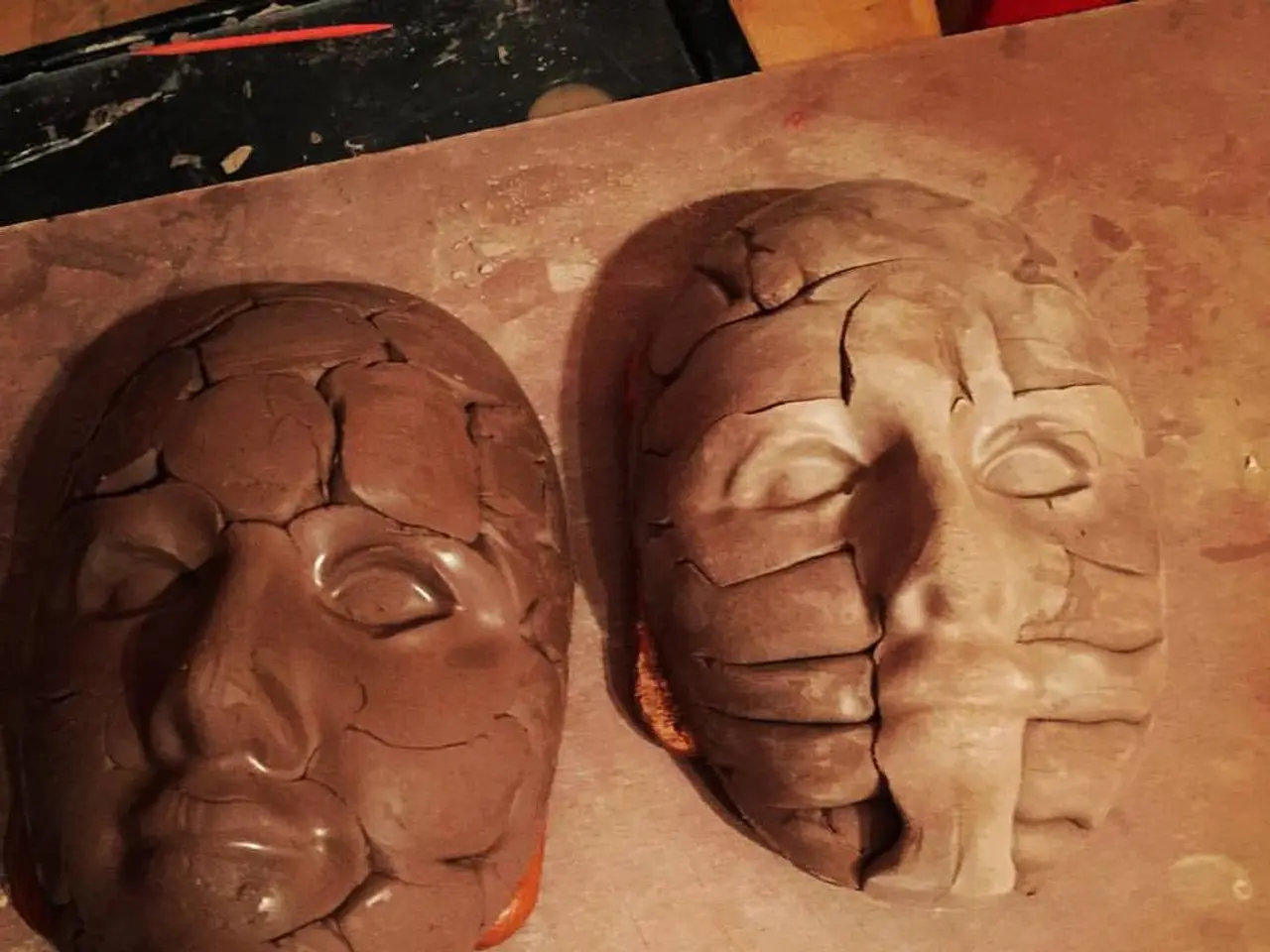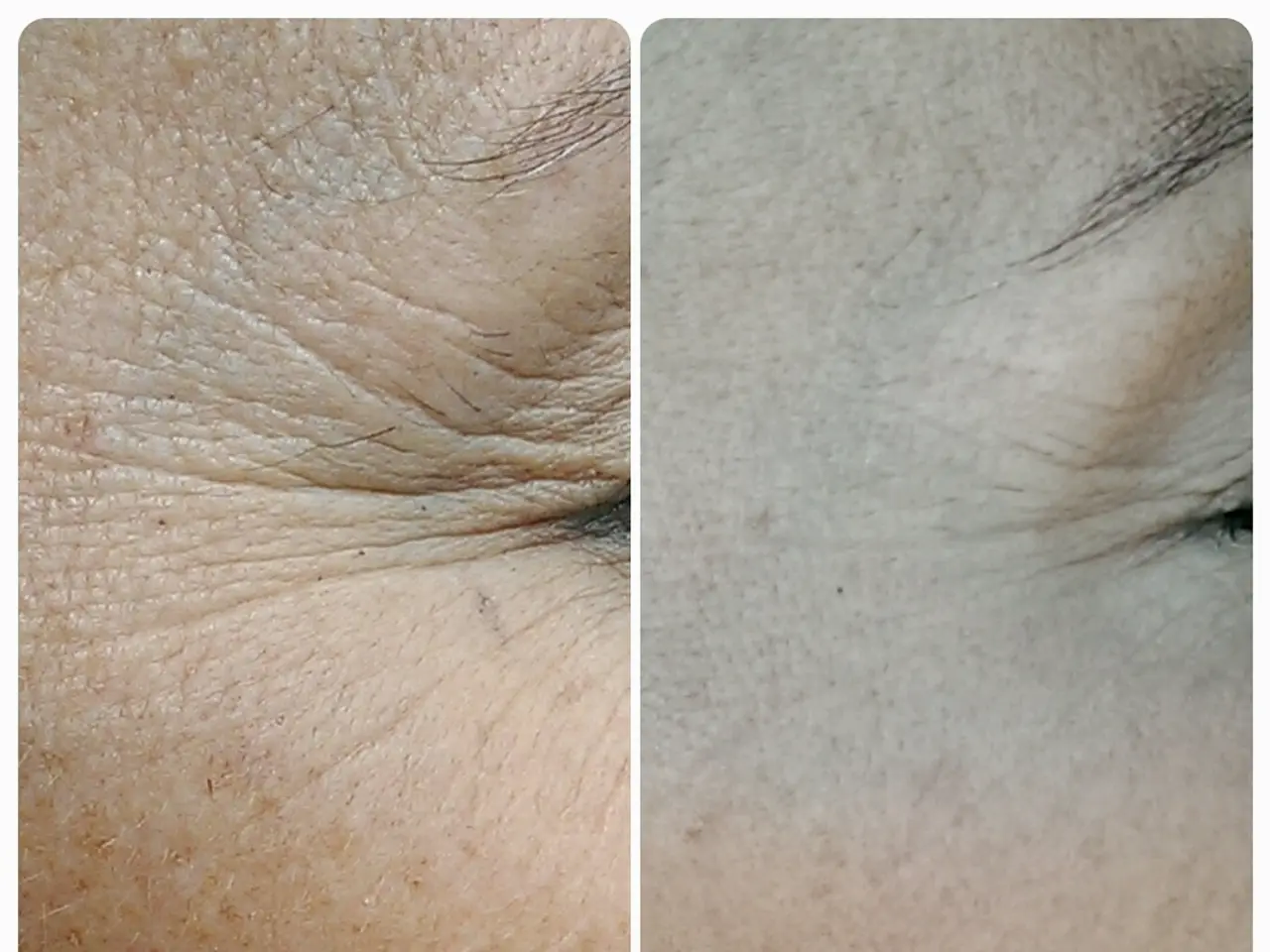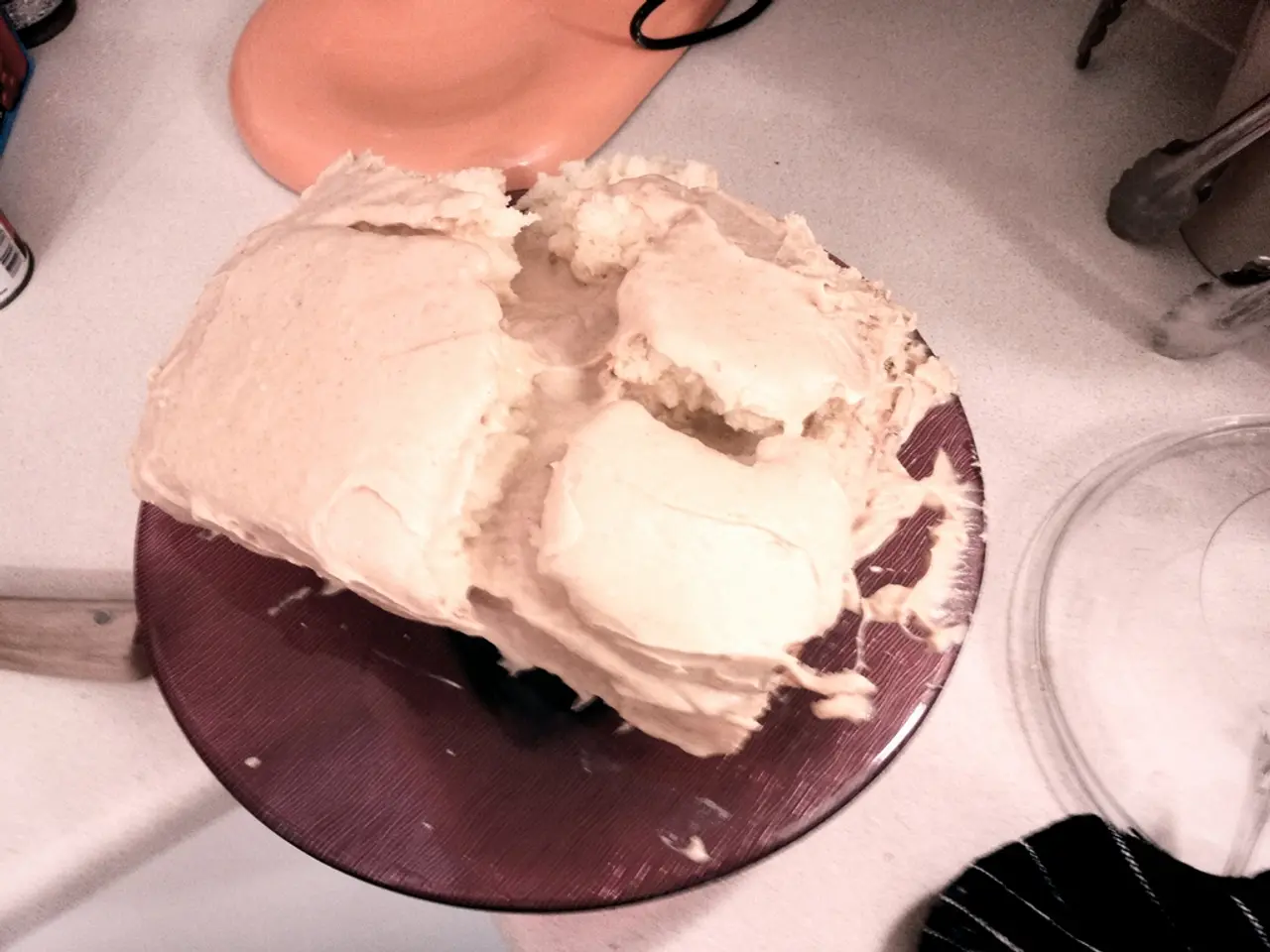Understanding Tonsillectomy: Insights into the Surgical Removal of Tonsils
In a bid to alleviate recurring or chronic bacterial tonsillitis, breathing problems, sleep apnea due to enlarged tonsils, or tonsil cancer, a doctor may recommend a tonsillectomy, a surgical procedure that involves the removal of the tonsils. This article delves into the long-term effects of tonsillectomy, particularly concerning infectious, allergic, and respiratory diseases.
**Infectious Disease Risks**
Recent research indicates that tonsillectomy may reduce the risk of certain viral respiratory infections, such as influenza, due to decreased recurrent inflammation or secondary bacterial infections that make the upper airway more vulnerable to viral pathogens. However, the removal of tonsils can theoretically impair local immune function, potentially increasing susceptibility to other infections. While major infectious complications are rare after tonsillectomy, potential long-term issues include persistent sore throat and, in rare cases, recurrent abscesses, especially in children with pre-existing conditions or weakened immunity.
**Allergic and Immune System Effects**
The removal of tonsils can affect the immune system, as these organs are part of the pharyngeal lymphoid tissue involved in early immune surveillance and response initiation. However, the clinical significance of this for overall immune function remains debated, with most studies suggesting minimal long-term negative effects in otherwise healthy individuals. There is limited evidence directly linking tonsillectomy to increased or decreased risk of allergic diseases.
**Respiratory Disease Risks**
Tonsillectomy can have long-term implications for upper airway health. Removal of tonsils may reduce obstructive symptoms and recurrent infections, but there is also concern about potential compensatory changes in the respiratory tract and immune response within the upper airway. Some studies suggest a shift in patterns of respiratory infections—less frequent but potentially more severe localized infections elsewhere in the upper airway—though this is not consistently observed. In cases where tonsillectomy is performed for obstructive sleep apnea or hypertrophy, the long-term benefits in terms of improved sleep and reduced airway obstruction can be significant.
**Summary Table: Long-Term Effects of Tonsillectomy**
| Area | Potential Long-Term Effects | |---------------------|---------------------------------------------------------------------| | Infectious Diseases | Reduced risk of some viral infections; rare increase in other infections; persistent sore throat in rare cases[1][2][3] | | Immune Function | Minor alteration in local immune surveillance; minimal overall effects in healthy patients[5] | | Allergic Diseases | No strong evidence of increased or decreased risk[5] | | Respiratory Health | Improved upper airway obstruction in some cases; possible shift in infection patterns[1][5] |
After the procedure, a person will wake up in a recovery room and be monitored by healthcare professionals before being sent home with a care plan. A study of over a million participants found a significantly increased risk of infectious, allergic, and respiratory diseases later in life due to tonsillectomy, adenoidectomy, or both as a child. However, it's important to note that this study does not necessarily imply causality.
In conclusion, long-term effects of tonsillectomy on infectious, allergic, and respiratory diseases are generally favorable for individuals suffering from recurrent infection or obstruction. The surgery is associated with a reduced risk of certain viral infections, improved airway obstruction, and minimal long-term negative effects on immune function in most patients. However, there is a small risk of persistent sore throat or rare postoperative complications, particularly in vulnerable populations.
Before undergoing a tonsillectomy, it's crucial to discuss all possible risks and complications with a doctor and follow their advice on managing symptoms and the condition. Fasting is required for 6 hours before the general anesthetic, depending on the center performing the surgery and the age of the person. A person should also notify their doctor of any medications or supplements they are taking before the surgery and arrange for someone to drive them home after the procedure. There are different methods for removing the tonsils, including ultrasonic scalpel, cauterization, and coblation. A tonsillectomy may help prevent chronic or recurrent tonsil infections or sleep problems due to enlarged tonsils. Immediate risks of tonsillectomy include side effects of general anesthetic, infection, delayed healing, dehydration from not eating and drinking enough, and bleeding during or immediately following the surgery or 2 weeks after.
- Although tonsillectomy may reduce the risk of certain viral respiratory infections, it can theoretically impair local immune function, potentially increasing susceptibility to other infections.
- Removal of tonsils can affect the immune system, as these organs are part of the pharyngeal lymphoid tissue involved in early immune surveillance and response initiation.
- Some studies suggest a shift in patterns of respiratory infections after tonsillectomy, with less frequent but potentially more severe localized infections elsewhere in the upper airway.
- In a study of over a million participants, there was a significantly increased risk of infectious, allergic, and respiratory diseases later in life due to tonsillectomy, adenoidectomy, or both as a child.
- After tonsillectomy, there is a small risk of persistent sore throat or rare postoperative complications, particularly in vulnerable populations with pre-existing conditions or weakened immunity.
- Before undergoing a tonsillectomy, it's essential to discuss all possible risks and complications with a doctor, follow their advice on managing symptoms and the condition, and arrange for someone to drive them home after the procedure.




